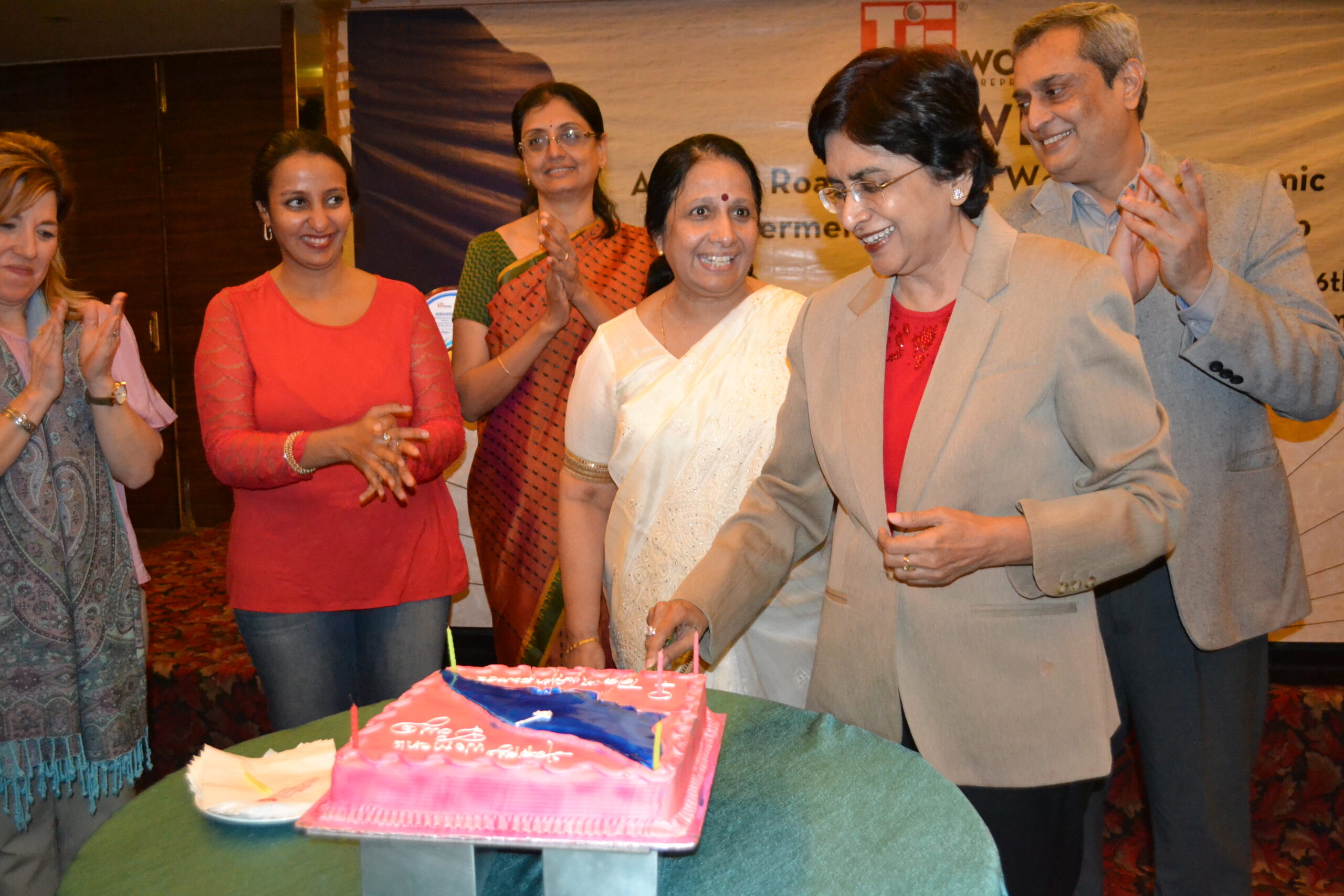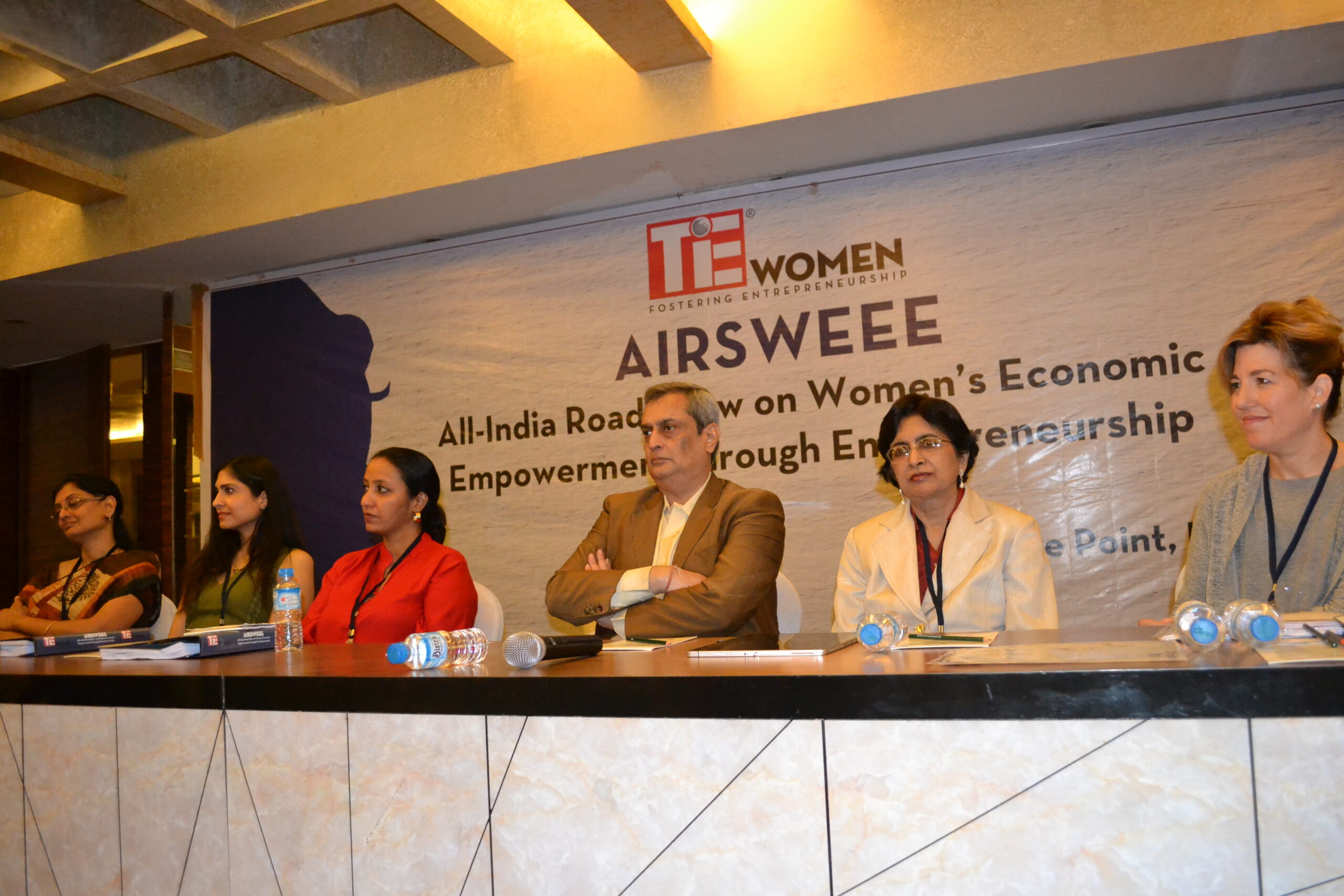“Rare are such examples”- 26 February 2014
She looked every inch a happy person. In her middle-ages, she worked as an executive in a commercial enterprise where her working hours were rather long. She had two kids that went to college. Her husband, too, had long working hours. There was mother-in-law at home — trappings of the family. Yet, the woman looked extremely contented, not because of her success in career, but because of the situation at home.
“Everybody cooperates at home. My husband is a real gem. We can afford, but don’t have servants. This is by choice. And all of us do things at home, everything — from cooking to cleaning to gardening. That’s our collective hobby, to work together at home. When I hear tales of complaints by other women, I don’t understand why they should suffer like this. In my family, we have dream situation. My husband takes care of more than half things at home including cooking. I do the rest. The kids chip in. Maa (mother-in-law) also helps, but we keep her in reserve. But when she is around, all of us are constantly laughing. She is very jovial,” the woman told me.
The details she shared are really, really very happy. For, the husband does not have to be told to do things. Kids do not have to be told to do this or that. “In fact, there is a competition among all of us to do things so that others don’t feel burdened. On many mornings, when I happen to get up a little late, I find kitchen almost ready for cooking. The moment I get up, the hot tea also emerges from the kitchen. And then all I have to do is to start cooking, that is making rotis. For, subzee is already cooked and cooker too is ready. That’s thanks to my husband,” the lady gushed.
Of course, in changing times, many families have evolved a decent internal work-culture where mutual interests are taken care of. Yet, such families are not found in great numbers. In most places, it is the woman who has to act like the beast of burden. She does everything at home, then gets ready in time and reaches her workplace, toils for 8-9 hours, returns home, does the cooking while the husband seats in front of the TV and kids are whining that they are hungry and parents-in-law are complaining that everything gets late these days.
Looking at such family-models, one concludes sadly that the average Indian woman is still not truly a liberated person since she has to take the most of the burden of household work and also the blame if something goes wrong.
If the average Indian woman is trapped in such a situation all along, then thinking of her liberation in a true sense is nothing but indulging in pseudo-intellectual talk, as practical reality for the average woman is very far from decent, let alone ideal.
Going by this standard, women’s liberation activists have really a long way to go before they could claim some success in ensuring a true empowerment of women.
Empowerment does not mean passing pompous legislation in bombastic words. It simply means that a situation is created in every home where the woman feels free enough to pursue her dreams not just without hindrance from the family but also with a full cooperation from the family. Women’s empowerment, thus, is not just a legislative issue; it is an issue that deals with multiple social angles including the one about the atmosphere of cooperation in the family.
It is against this background that one feels that the real-life tale told earlier still belongs to a rare league.









